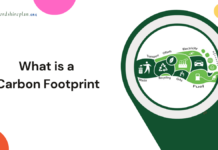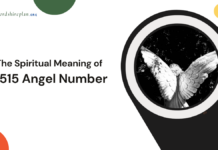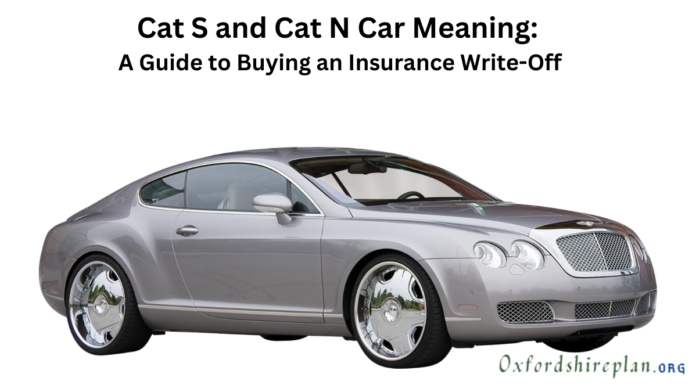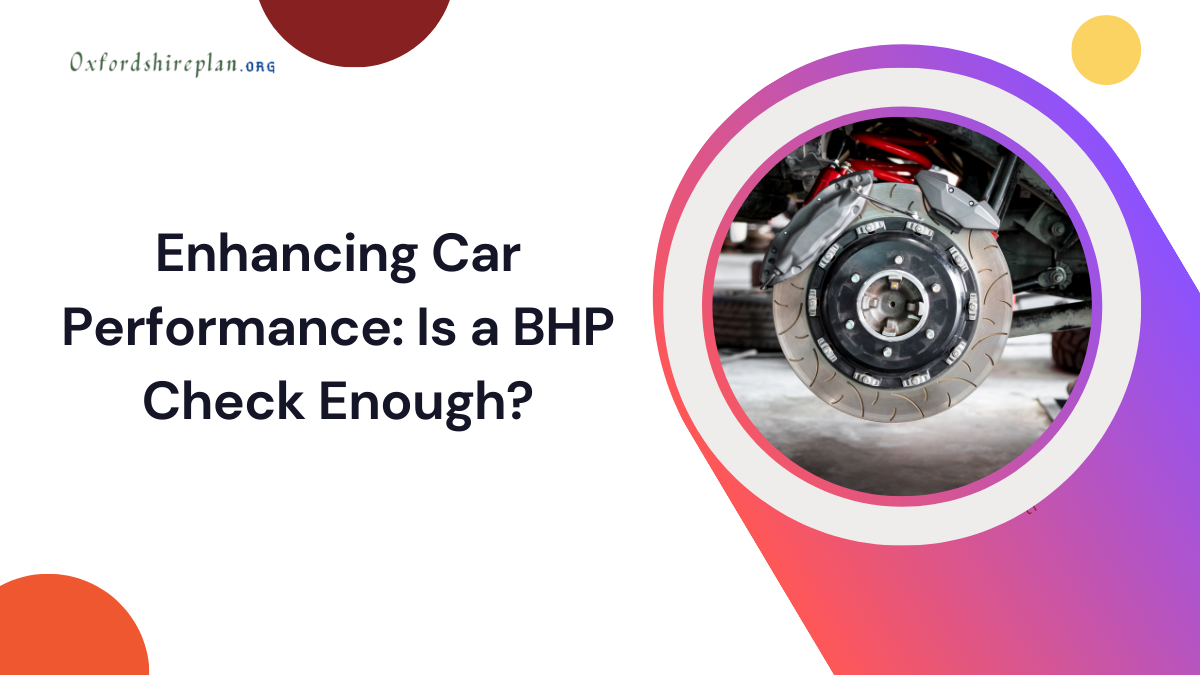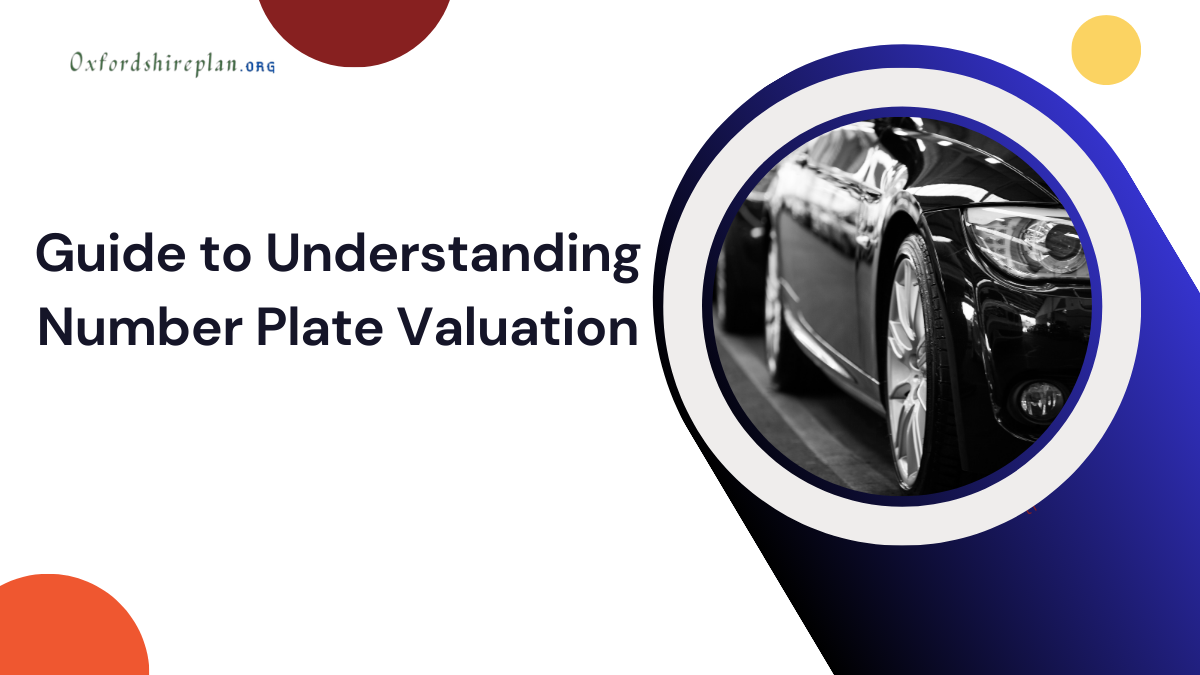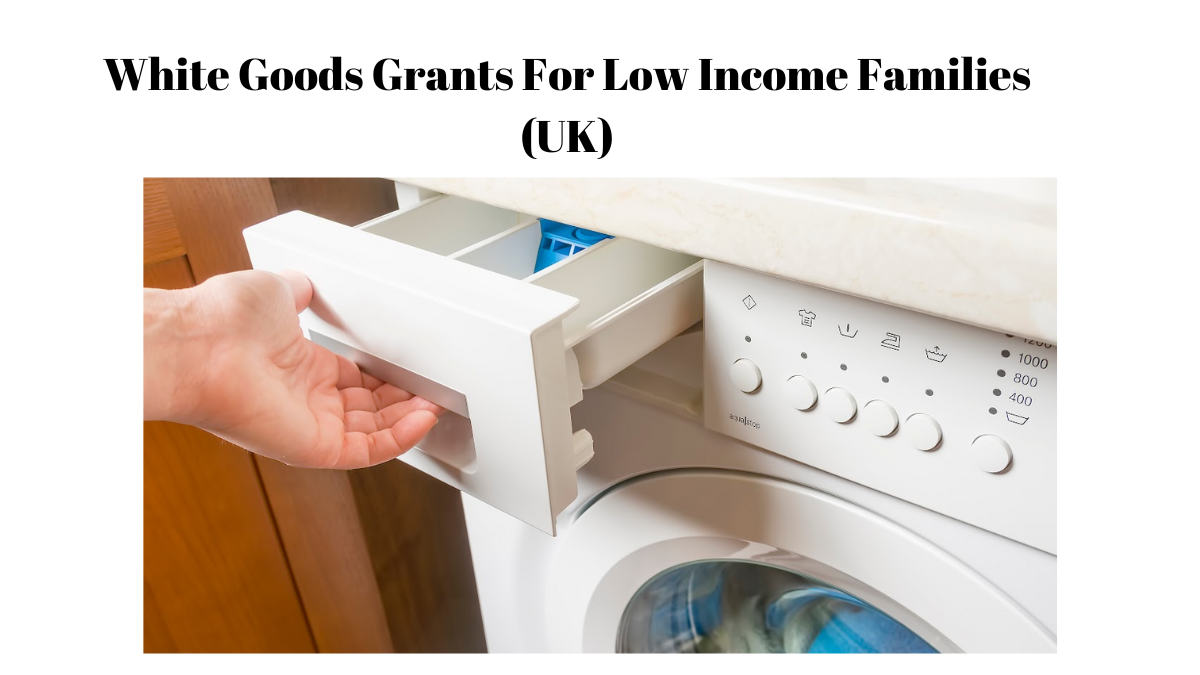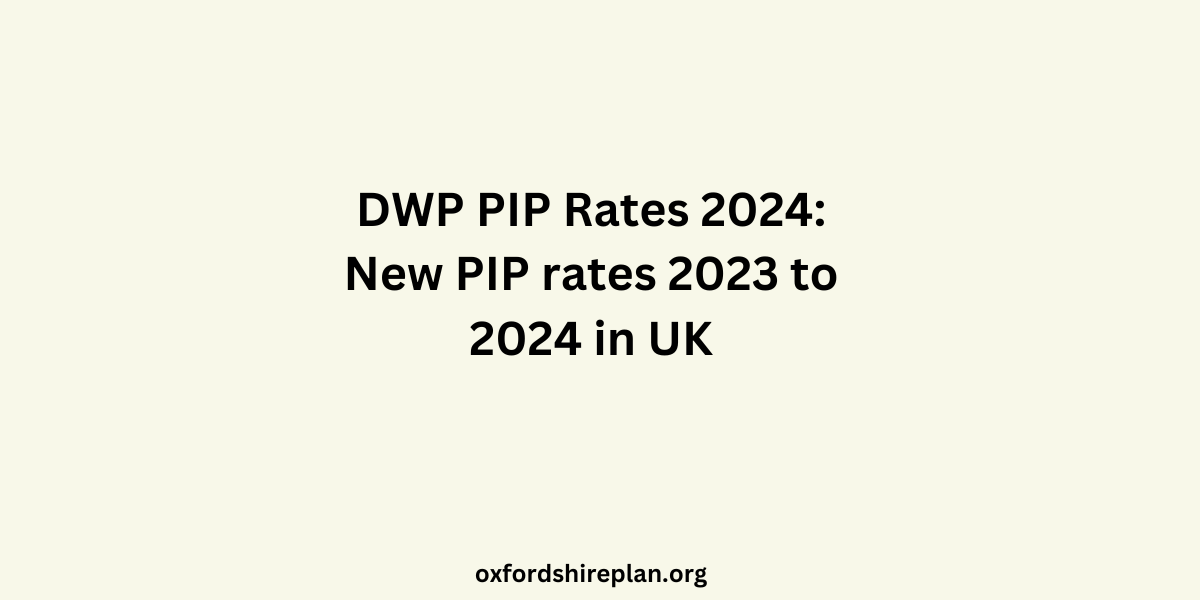Buying a used car can be a smart financial decision, but it comes with challenges. One of these challenges is understanding insurance write-off categories, specifically Cat S and Cat N cars. These categories indicate that the vehicle has been involved in an accident or suffered damage but has been deemed repairable.
This article will explain what Cat S and Cat N car meaning, the pros and cons of buying them, and what to look out for when considering such a purchase.
Contents
What Are Cat S and Cat N Car Meaning?
Insurance write-offs are classified into several categories based on the extent and type of damage the vehicle has sustained. Cat S (Category S) and Cat N (Category N) are the two most common categories for repairable cars.
Cat S (Structural Damage)
Cat S cars have suffered structural damage. This means that the accident has affected the vehicle’s frame or chassis. Structural damage includes anything from bent or twisted chassis components to crumple zones.
Key Points:
- Structural damage must be professionally repaired to ensure the vehicle is safe to drive.
- After repairs, a thorough inspection is necessary to confirm the car’s roadworthiness.
- Before returning to the road, the vehicle must be re-registered with the DVLA (Driver and Vehicle Licensing Agency).
Cat N (Non-Structural Damage)
Cat N cars have sustained non-structural damage. This could involve cosmetic damage, electrical faults, or minor mechanical problems. While the damage might be significant, it doesn’t affect the vehicle’s structural integrity.
Key Points:
- Repairs are often simpler and less expensive compared to Cat S vehicles.
- Since the damage isn’t structural, these cars can often be as safe as undamaged vehicles once repairs are completed.
- Unlike Cat S cars, Cat N vehicles don’t need to be re-registered with the DVLA.
Pros and Cons of Buying a Cat S or Cat N Car
Pros
- These cars are typically sold at a lower price compared to similar models that haven’t been written off, offering potential savings.
- If you’re handy with car repairs or know a reliable mechanic, you can fix the car yourself, further reducing costs.
- Since the car is already classified as an insurance write-off, it may depreciate slower than a non-damaged car.
Cons
- There is a risk of undisclosed problems that could be costly to repair.
- These cars may have a lower resale value, making it harder to sell in the future.
- Insuring a Cat S or Cat N car can be more expensive, as some insurers consider them higher risk.
- If repairs are not done correctly, the vehicle might not be as safe as a non-damaged car.
What to Look for When Buying a Cat S or Cat N Car
Documentation
Ensure all paperwork is in order. This includes:
- Confirm the car’s history and ownership with the V5C logbook.
- Obtain repair receipts as proof of repairs and parts used.
- Validate the car’s roadworthiness with an MOT certificate.
Inspection
Before purchasing, have the car thoroughly inspected by a qualified mechanic. Key areas to focus on include:
- For Cat S cars, check the chassis and frame for proper repair.
- Ensure all electrical components are functioning correctly.
- Inspect for any remaining signs of damage that might affect the car’s appearance or performance.
Test Drive
A test drive is important to assess the car’s performance and identify any issues that might not be visible during a static inspection. Pay attention to:
- Ensure the car drives straight and handles well.
- Test the braking system for responsiveness and any unusual noises.
- Listen for any irregular sounds and check for smooth acceleration.
Insurance and Financing
Before finalising the purchase, check with your insurance company to understand the impact on your premiums. Some insurers may charge higher rates or refuse coverage for Cat S or Cat N cars. Also, consider how the write-off status might affect your ability to finance the vehicle if you need a loan.
Conclusion
Buying a Cat S or Cat N car can be a cost-effective way to get a good vehicle, but it requires careful consideration and due diligence. You can make an informed decision by understanding the differences between these categories, knowing what to look for, and being aware of the potential risks and rewards.
Always ensure the car is properly inspected and repaired, and be prepared for possible higher insurance costs. With the right approach, a Cat S or Cat N car can serve you well and offer significant savings.
FAQs
What is the main difference between Cat S and Cat N cars?
Cat S cars have structural damage, while Cat N cars have non-structural damage.
Are Cat S cars safe to drive after repairs?
Yes, if repaired correctly and inspected, Cat S cars can be safe to drive.
Do Cat N cars need to be re-registered with the DVLA?
No, only Cat S cars require re-registration after repairs.
Can I finance a Cat S or Cat N car?
Yes, but it may depend on the lender and their policies regarding insurance write-offs.
Will insuring a Cat S or Cat N car cost more?
It can, as some insurers view these cars as higher risk.
Is it harder to sell a Cat S or Cat N car?
Yes, these cars can have a lower resale value and may be harder to sell.
What should I check when buying a Cat S or Cat N car?
Ensure proper documentation, get a thorough inspection, and conduct a test drive.
Are repairs for Cat N cars generally cheaper than Cat S cars?
Yes, because Cat N cars have non-structural damage, their repairs are often simpler and less expensive.
Can I repair a Cat S or Cat N car myself?
You can, but it’s recommended to have a professional mechanic handle structural repairs for safety.
Where can I buy a Cat S or Cat N car?
These cars can be found at salvage auctions, specialized dealerships, and online marketplaces.
Read More:
- Joey Essex Finally Speaks Out as Ex Grace Explodes at Luca on Love Island All Stars
- What Is a Movie Grid and How Does It Work?
- Why Did Sharona Leave Monk?
- How to Apply For the EU Settlement Scheme?
- UC Universal Credit United Kingdom Log In – Check Now

I am a dedicated lifestyle and fashion enthusiast, always looking for the latest trends and timeless styles. With a flair for creativity and a passion for self-expression, I provide fresh insights and tips on elevating everyday living and personal style.

